In a city that was born out of a confluence of migrant communities, the Pathare Kshatriyas have been an integral part of Mumbai over the centuries. Known as one of the earliest migrant communities to settle in Mumbai long before it became the premier city of India, the Pathare Kshatriyas contributed to its urbanscape, art and culture. Sandeep Dahisarkar, 30, has researched this community, highlighting their history and developments that ran parallel to Mumbai’s history. Dahisarkar, who is from this community himself, was interested to learn more about the Pathare Kshatriyas right from his junior college days and has come out with a book, The Pathare Kshatriyas of Bombay (published by Sahit Prakashan). In an interview, Dahisarkar sheds light on the Pathare Kshatriyas’ links to Mumbai.
Buy Now | Our best subscription plan now has a special price
Edited excerpts:
The Pathare Kshatriyas are best known in the context of Raja Bimba, who some say Bombay is named after. What’s the story of Bimba and how does he connect to the migration of the Pathare Kshatriyas?
Subscriber Only Stories
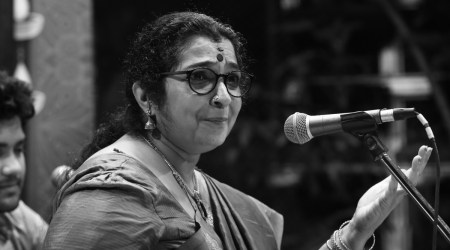 Premium
Premium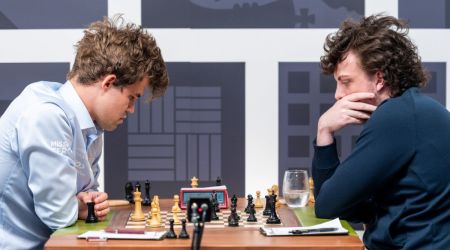 Premium
Premium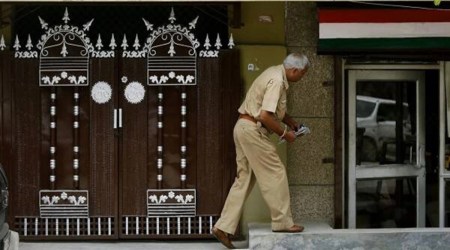 Premium
PremiumThe discovery of the BARC inscription of Hambirrao in 2016 highlighted for the first time the name of this city as ‘Bimbasthana’, a region/place of Bimba. It sheds some light on the historicity of Raja Bimba and Hambirrao, whose names are also recorded in Bimbakhyana, a Marathi text compiled in mid-15th to late-16th Century CE. This text documents earliest known migration in the city, i.e. people migrated from Champaner with Bimbadeva, after conquering this region in 1138 CE. till the arrival of Portuguese in 1448 CE.
Pratap Bimba was a Suryavanshi Kshatriya and his family goddess was Prabhavati or Prabhadevi. His son Bimbadeva brought many families here for their permanent settlement. There were a total of 66 families which migrated with Bimbadeva, out of which there were 25 Somavanshi (lunar race) and 12 Suryavanshi (solar race) Kshatriyas. At a later point, the Kshatriyas were divided into different castes as Pathare Kshatriyas of Mumbai, Pathare Prabhus of South Mumbai, and Suryavanshi Kshatriyas of Palghar/ Thane district.
You have written about several notable personalities from the Pathare Kshatriya community who had a close connection with art, architecture and engineering in the city of Mumbai. What drew these individuals towards their art and the city?
According to Bimbakhyana, Raja Bimba once ordered two families to learn carpentry to build ships and protect the kingdom, as it was located on the Western coast. In the colonial period, after learning carpentry, many people became contractors and started constructing buildings, bungalows, chawls etc. During this time, many turned their attention towards learning the new sister fields of architecture and engineering as a source of livelihood. A majority of the important sculptors from pre-Independence came from this community.
Advertisement
The first prestigious Mayo Medal (1889) of Sir JJ School of Art was awarded to painter NG Mantri. Rao Bahadur GK Mhatre is regarded as the first Indian sculptor. As the capital of its Presidency, Bombay opened new avenues to many such people to explore their field of interest.
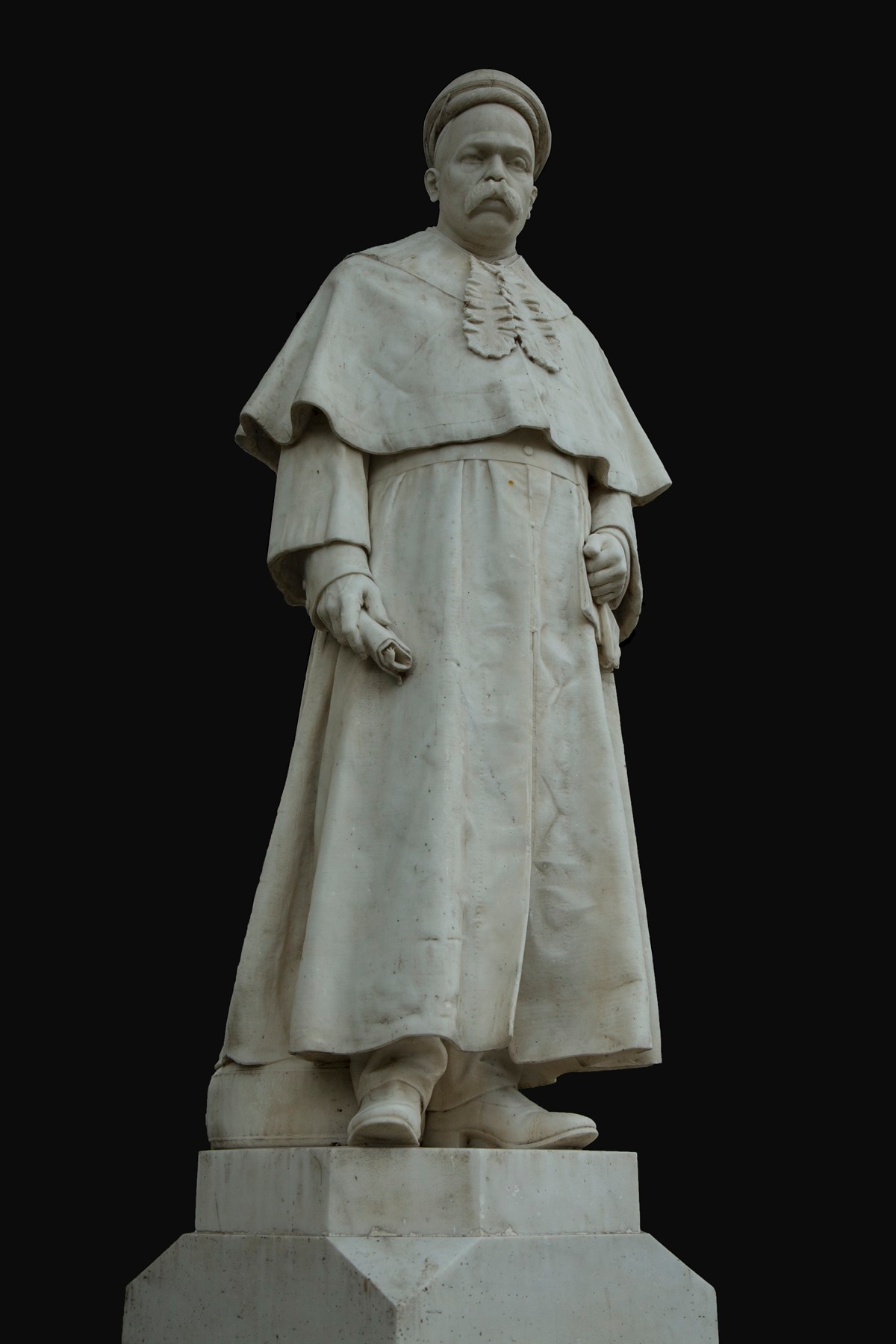
 Justice MG Ranade by sculptor GK Mhatre (Credit: Nikhil Bagul)
Justice MG Ranade by sculptor GK Mhatre (Credit: Nikhil Bagul)
The Pathare Kshatriyas built several temples across Mumbai and surrounding areas, including the famous one in Goregaon after which the “Ram Mandir” railway station is named. Can you tell us about the most fascinating aspects about these temples?
A majority of these temples are built with sloping roofs. The Kashi Vishveshwar Temple in Matunga is the oldest known reconstructed temple in 1783 CE. The Mahimkar family’s Vithoba temple (1886) in Shitaladevi temple complex made in Basalt has a Gothic influence. There are also Art Deco temples like Gamdevi temple and Datta temple at Prabhadevi designed by architect GB. Mhatre. In this community, the Mantri family built at least six temples and owned more temples than any other family.
Advertisement
You often mention the Desai family of Malad in your book. Can you tell us more about them?
Salsette was divided into two parts—Malad and Marol. Both provinces were governed by a Desai, a hereditary officer similar to the title of a Deshmukh. Before the British judicial courts were introduced, every conflict or dispute was solved on a community or a village level. However, in this case the Desai had the right to call for a Mahasabha or the high assembly which was the apex of the judiciary system in a province and was related to all communities residing in it. Cases discussed in such a sabha were related to use of abusive language, drunkenness, breach of promise of marriage, defaming a Brahmin, maintenance to a married woman etc. The Bimbakhyana was the outcome of such a Mahasabha, which was attended by 3,655 people and it lasted for 21 days.
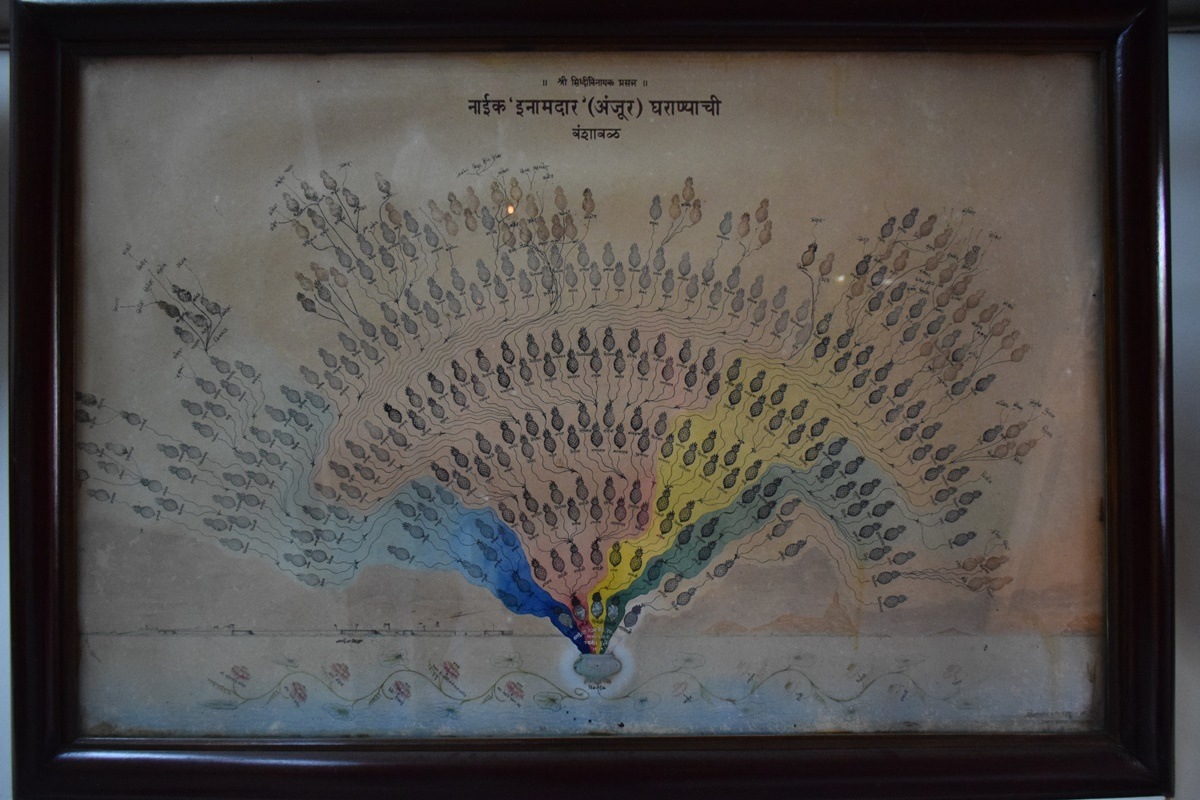
 Family tree of the Anjurkar Naik family, shaped like a plant with many pineapples, as the fruit represented many generations (Courtesy: Santosh Naik. Photography by Amar Reddy)
Family tree of the Anjurkar Naik family, shaped like a plant with many pineapples, as the fruit represented many generations (Courtesy: Santosh Naik. Photography by Amar Reddy)
Some Pathare Kshatriya families have diligently traced their ancestry. What’s the significance of these family trees?
It seems that there was a sense of responsibility observed within every family in order to remember the names of ancestors. These family trees helped understand the relationship of a person with each other, family hierarchy, one’s participation in festivals and death rituals, and sometimes solving property disputes too. Few family trees also highlighted conversation of a particular branch to Christianity by the Portuguese. These family trees also document names of Mula-purushas or a person from whom the lineage begins.
Source: https://indianexpress.com/article/lifestyle/life-style/bombay-pathare-kshatriyas-migrant-community-8170008/lite/

